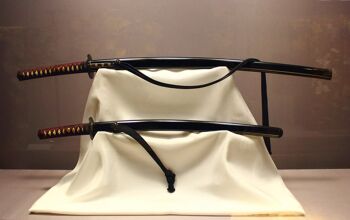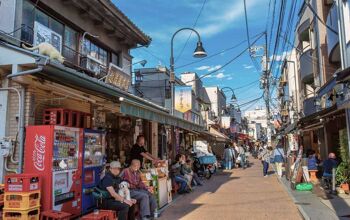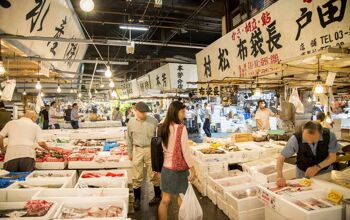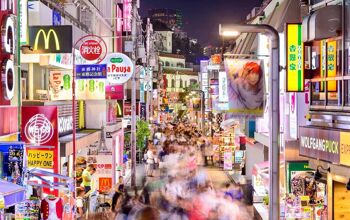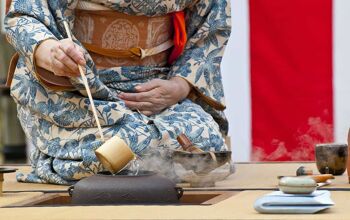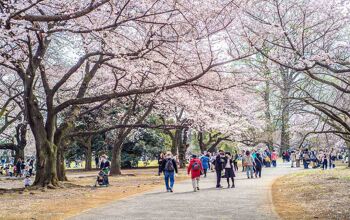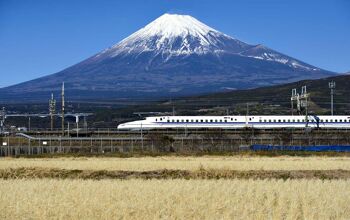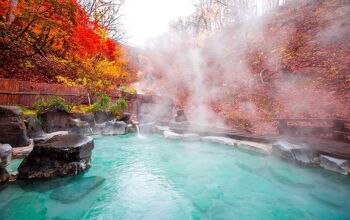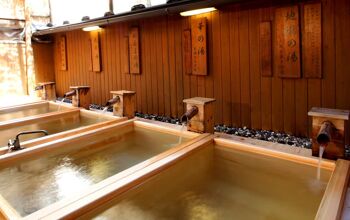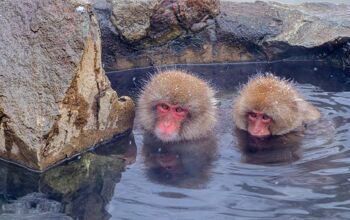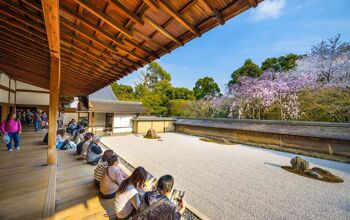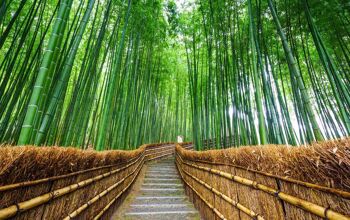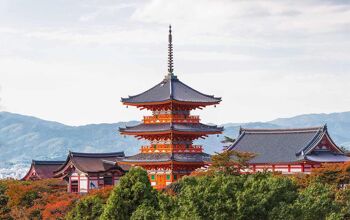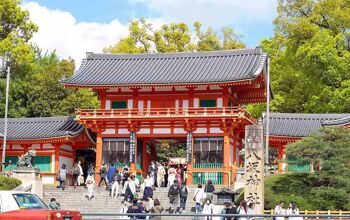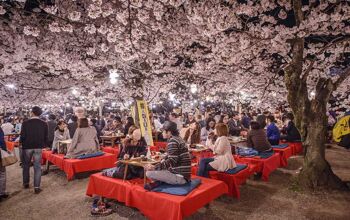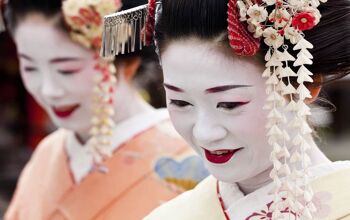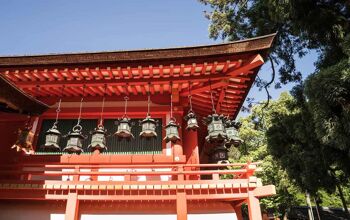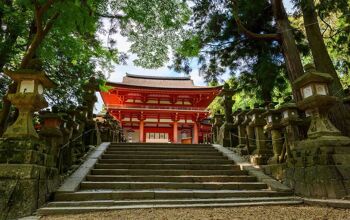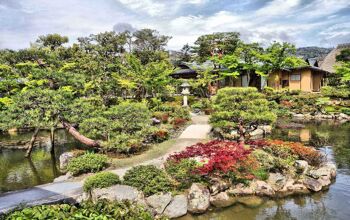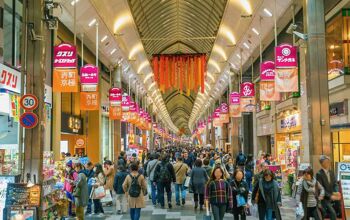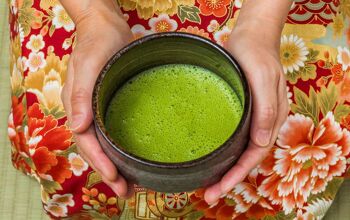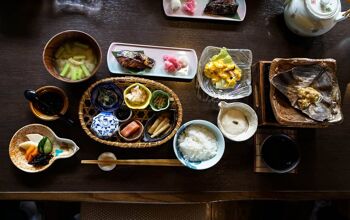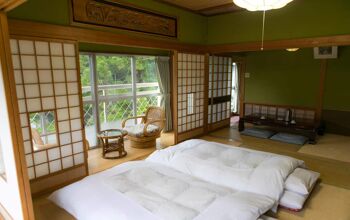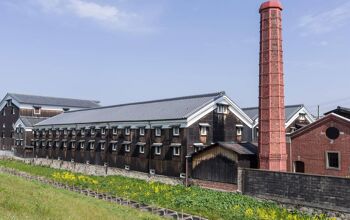Tokyo, Kanto, Japan
First built in the 600s to house a statue of Kannon said to have been fished out of the nearby Sumida River by two brothers.
Today, Sensoji in Asakusa is one of Tokyo’s most important and liveliest temples, dedicated to the Bodhisattva of compassion.
It’s also its oldest and most visited – it’s one of the world’s most widely visited spiritual sites with an estimated 30 million visitors a year.
The stall-lined approach is a bit touristy, but if you had time for just one temple in Tokyo, the giant gateways, five-storied pagoda, and vast main hall here make Sensoji the best choice.
Look out for the Kaminarimon (Thunder Gate), the temple’s outer gate, as you go in.
Good for age: 18+
Duration: 2-3 hours
When: March, May and Sept
Freq: annually


